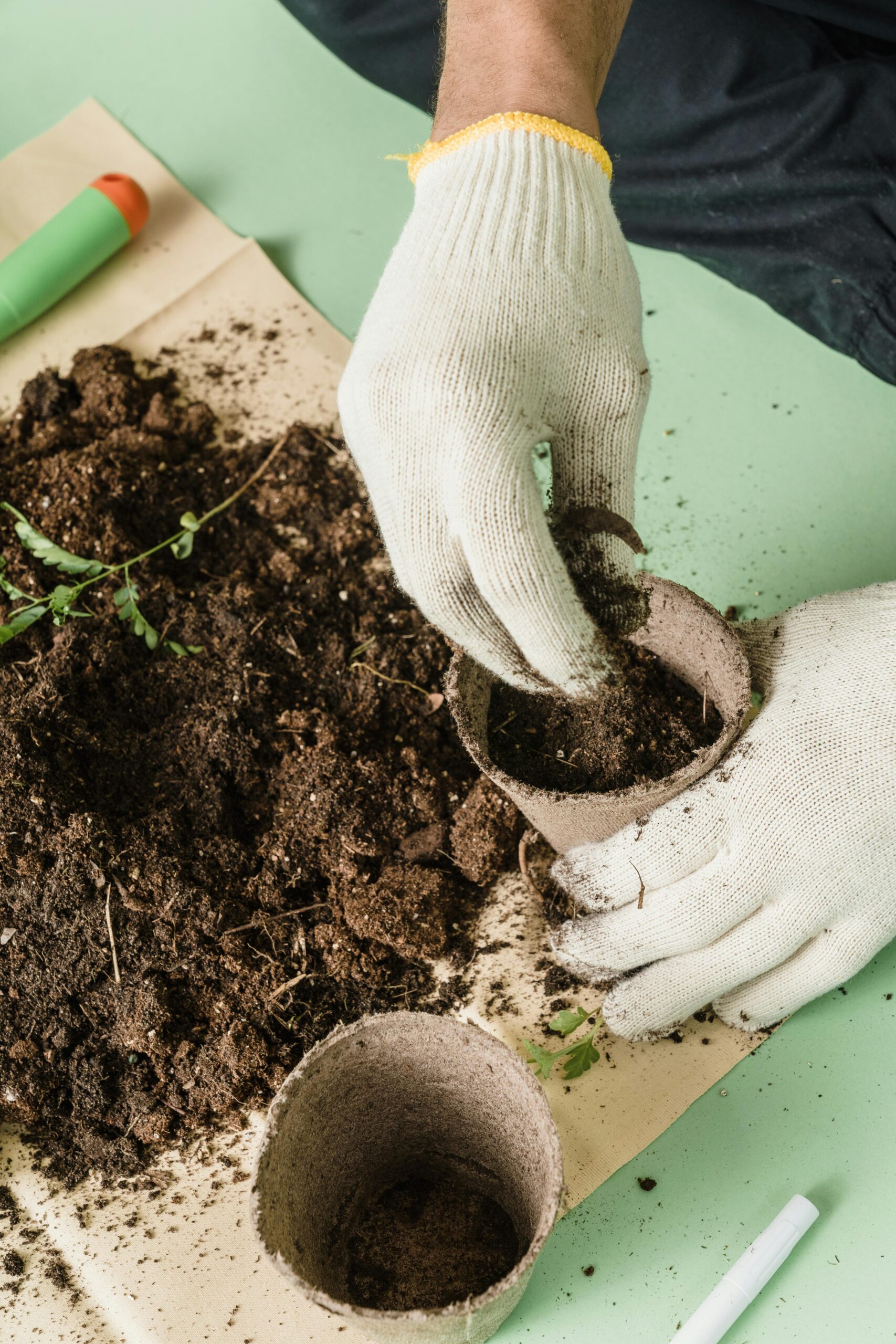With increasing awareness about environmental sustainability, more people are looking to reduce waste and enrich their gardens through home composting. Starting a composting system at home can seem daunting, but with the right guidance, it’s a manageable and rewarding process. Here’s how you can start a home composting system even if you’re a beginner.
Why Compost?
Before diving into the how-to, let’s understand why composting is beneficial. Composting transforms kitchen scraps and garden waste into nutrient-rich soil, reducing the amount of waste sent to landfills and decreasing greenhouse gas emissions. Additionally, compost improves soil structure, enhances moisture retention, and provides essential nutrients for plants.
Choosing a Composting Method
Several composting methods suit different lifestyles and spaces:
- Traditional Compost Pile: Ideal for those with a backyard. It involves collecting organic waste in a heap and turning it occasionally to aerate.
- Compost Bin: Great for smaller spaces or urban settings. Bins keep compost contained and can be more aesthetically pleasing.
- Vermicomposting: Uses worms to break down organic matter. This method is efficient and perfect for indoors or small spaces.
- Tumbler Composting: A rotating bin that makes aerating and mixing compost easy, speeding up the decomposition process.
What to Compost
Knowing what to compost is crucial. A healthy compost pile needs a balance of “greens” and “browns”:
- Greens: Nitrogen-rich materials such as fruit and vegetable scraps, coffee grounds, grass clippings, and eggshells.
- Browns: Carbon-rich materials like dry leaves, straw, cardboard, and shredded paper.
Avoid composting meat, dairy, oily foods, and diseased plants, as these can attract pests and cause odor issues.
Setting Up Your Compost System
Once you’ve chosen your method, it’s time to set up:
- Location: Place your compost bin or pile in a convenient, well-drained spot. Partial shade is ideal to prevent it from drying out too quickly.
- Base Layer: Start with a layer of coarse materials like straw or twigs to help with aeration and drainage.
- Layering: Alternate layers of greens and browns. This balance is vital for efficient decomposition. Aim for a 2:1 ratio of browns to greens.
Maintaining Your Compost
Regular maintenance ensures your compost stays healthy and decomposes efficiently:
- Turning: Aerate your compost by turning it with a pitchfork or rotating a tumbler bin every few weeks. This introduces oxygen, which is necessary for microbial activity.
- Moisture: Keep your compost moist but not waterlogged. It should feel like a damp sponge. If it’s too dry, add water or more greens. If too wet, add browns.
- Temperature: Active compost can heat up significantly as microbes break down materials. A good compost pile will be warm to the touch in the center. If it cools down, try turning it or adding more greens.
Troubleshooting Common Issues
Even with careful planning, you might encounter some issues:
- Bad Odors: Usually caused by too many greens or insufficient aeration. Add browns and turn the compost more frequently.
- Pests: Attracting pests can be avoided by burying food scraps under a layer of browns and avoiding meat and dairy.
- Slow Decomposition: Can result from an imbalance of materials, lack of moisture, or insufficient turning. Check and adjust these factors as needed.
Benefits of Home Composting
Once your compost is ready (typically in a few months to a year), you’ll have rich, dark, crumbly humus that can be used to improve your garden soil. Here are some benefits:
- Soil Health: Compost enhances soil structure, increases nutrient content, and promotes healthy microbial activity.
- Water Retention: Soils amended with compost retain moisture better, reducing the need for frequent watering.
- Reduced Waste: Composting significantly reduces household waste, contributing to a more sustainable lifestyle.
Summary: Key Steps to Start a Home Composting System
- Choose a composting method that fits your space and lifestyle.
- Know what to compost, balancing greens and browns.
- Set up your system in a convenient location with a good base layer.
- Maintain your compost by turning it regularly and keeping it moist.
- Troubleshoot issues like bad odors, pests, and slow decomposition.
- Enjoy the benefits of nutrient-rich compost for your garden.
Starting a home composting system is a straightforward way to contribute to a healthier planet and a more productive garden. By following these steps, even beginners can successfully create their own compost and enjoy the myriad benefits it brings.

